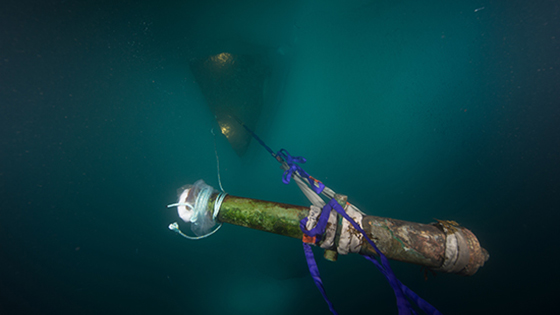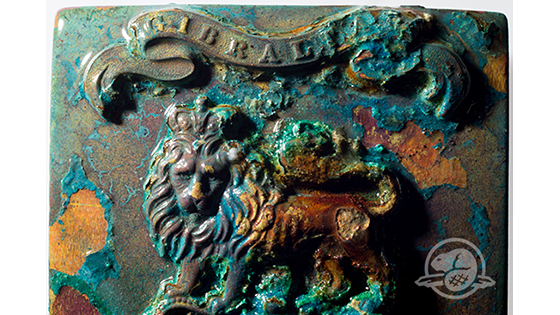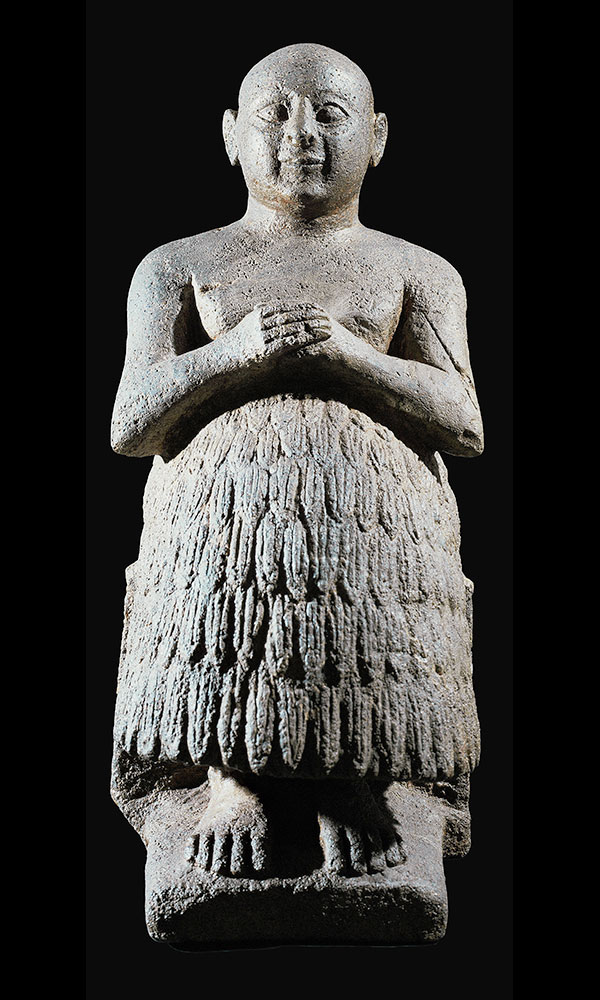
In 1845, Sir John Franklin led a doomed two-ship expedition to navigate the long-sought Northwest Passage through the treacherous seas that connect the Atlantic and Pacific Oceans. For the last 170 years, dozens of expeditions have fruitlessly searched for HMS Erebus and HMS Terror—until 2014, when archaeologists from Parks Canada finally discovered the wreck of Erebus, near where Inuit accounts from the late 19th century reported a vessel trapped in ice. Here are some of the artifacts that have been retrieved from the ship so far. To read an in-depth article on the discovery, go to "Franklin's Last Voyage."















